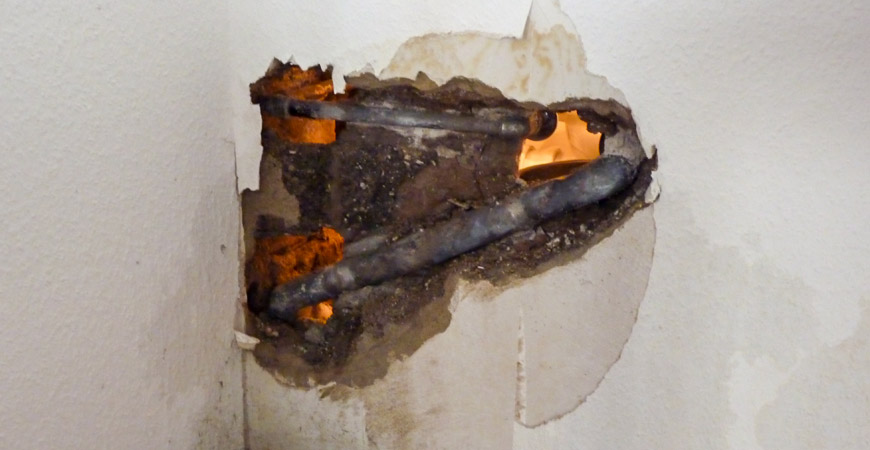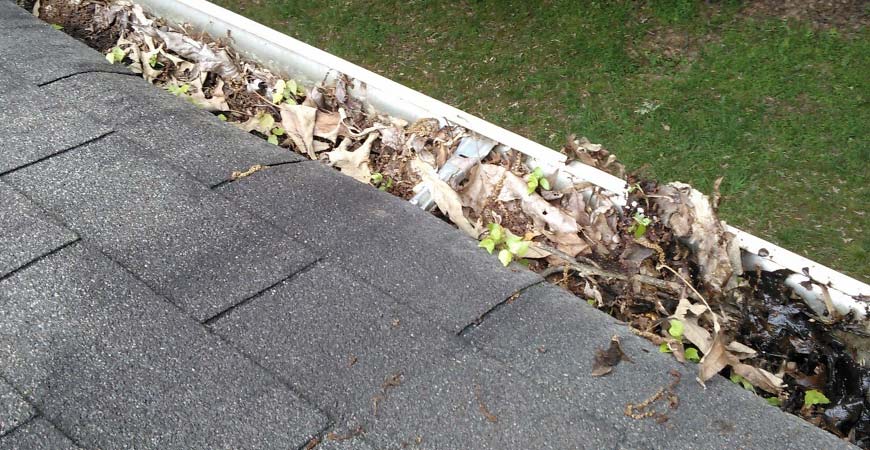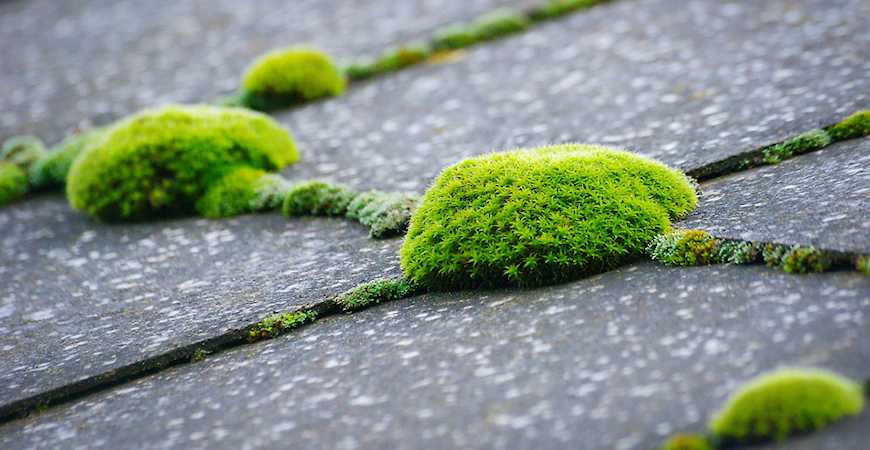
5 Key Tips to Avoid a Water Damage Disaster in Your Home
Water damage is every homeowner’s nightmare. Ryan S. was relaxing in his favorite chair one evening with a bag of chips and his favorite TV show, waiting to put a load of laundry in the dryer.
He suddenly heard water splashing and ran into the bathroom to find filthy water flowing out of the bathtub drain and pouring out of the toilet, rushing towards the lovingly-refinished hardwood floor in the hallway. A clog in a drain pipe buried in Ryan’s yard had caused a disgusting and costly backup into his home when his washing machine started to drain.
Before he knew it, Ryan had huge repair costs on his hands. Don’t let this happen to you!
Read on to learn about preventing budget-busting water damage and protecting your home.
Water Damage Disaster
According to the Insurance Information Institute, water damage is the second-most-common culprit behind homeowner’s insurance claims. And water damage isn’t cheap–even a problem as basic as a malfunctioning toilet costs an average of $2,000 to $10,000 per incident when it leads to a water overflow.
Practicing good home maintenance can keep your home from becoming a water damage statistic.
Keep expensive water damage from happening to your family by using these 5 key strategies for maintaining your home both inside and out.
Inside your home:
- Keep your plumbing in good working order
For most of us, our homes’ pipes are something we never think about until they fail. Plumbing can fail, though, and the damage from overflowing drains or burst pipes can cost thousands of dollars.
The best way to deal with plumbing problems is to prevent them or repair them before a catastrophe happens. The Institute for Business and Home Safety recommends checking your pipes at least once a year for condensation or damage, and calling a plumber if you see signs of leakage such as warped flooring.
They also recommend calling a plumber if you notice your toilets and drains starting to back up. You should also pay close attention to your water bill if you use city water.
A big increase can be a sign of a plumbing leak or a problem with the toilet or water heater. If you have a well, check for leaks if you notice your water pump running when no one is using any water.
If you live in a cold climate, insulate any pipes in your basement, attic or crawlspace to prevent bursting. Leave the cabinet doors under your sinks open when the temperature drops well below freezing to keep the pipes warm.
- Maintain your appliances
The Institute for Business and Home Safety found in a study that faulty toilets, sinks, washing machines, sump pumps and water heaters are responsible for many insurance claims due to water damage. They recommend checking your toilet’s flushing mechanism and your washing machine’s water supply hoses every six months.
They also warn against leaving the house while your washer is running. Flush sediment from your water heater every six months.
Make sure to have a professional inspect the anode rod every two years to prevent leaking or bursting. Inspect your sinks’ plumbing and shutoff valves every six months, as well as the water supply hose to your ice-maker.
Test your shower stall pan once a year, and follow the manufacturer’s instructions for caring for your sump pump.
Outside your home:
- Maintain proper surface drainage around your home
Water pooling around your home can cause your basement to leak. At it’s worst, it can even do serious damage to your home’s foundation. According to the Foundation Repair Association, pooling water is usually the culprit when expanding soil causes a home’s foundation to crack.
Water flows downhill, so proper land grading around your home will cause water to flow away from your home. This will prevent pooling around the foundation.
The contractors who built your home would have (hopefully) made sure the land around the foundation had the proper grade. But soil does move over time and can change its slope and cause a problem.
Landscaping expert David Beaulieu recommends a drop of six inches in the first ten feet of soil around your home. He also describes an easy way to check the grading around your home using string, two stakes, a tape measure and a string level.
- Make sure your gutters and downspouts are doing their jobs
Your home’s gutters and downspouts route rain water away from your home’s foundation. If a gutter doesn’t have the right slope or a downspout becomes clogged, you can end up with water damage.
The Foundation Repair Association recommends checking all gutters and downspouts each spring and fall, and more often if you have trees near the house. They recommend a fall of at least one inch for every eight feet of gutter to prevent water pooling.
If a single gutter is more than 35 feet long, slope it downwards in both directions from the center. Pour water into the gutters and watch to make sure there is no pooling.
Make sure to check for clogs at the joint between the gutter and downspout. Make sure the downspout discharges water at least 5 feet from your home’s foundation.
- Check your roof
According to a study by the Institute for Business and Home Safety, leaky roofs are the most frequent cause of water damage to homes. They recommend hiring a professional to inspect your roof once a year to make sure the roof covering, flashing, parapets and drainage system are all in good shape.
They also recommend insulating to keep heat from your home out of your attic if you live in an area prone to freezes and thaws. Use Wet & Forget Outdoor to keep your roof free of damaging moss and lichen.
Photo By Arend04












Pingback: 8 Things That Can Put your Homeowners Insurance at Risk - On the House